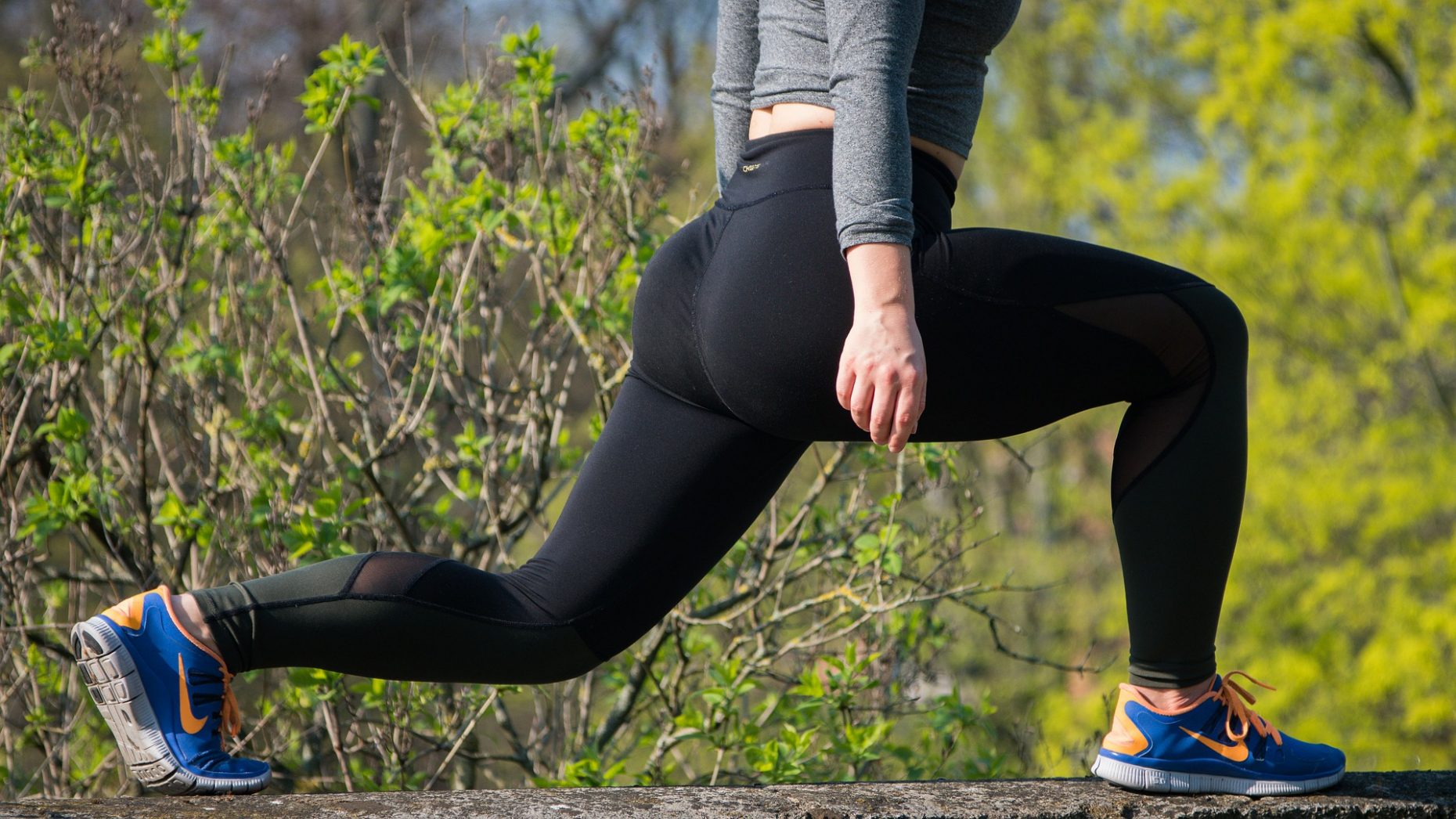

Dynamic stretching exercises, such as ankle bounce, half-squat and walking lunge, are recommended for warm-ups. Remember to warm up before and cool down after brisk walking. Without adequate strength, walking too fast or for too long may increase the risk of overuse injuries (damage to a bone, muscle, ligament or tendon due to repetitive stress without allowing time for the body to heal) - even in healthy individuals.

If you have not exercised for some time, your body has likely detrained (become weaker). But as long as you are healthy and medically fit, brisk walking is suitable for you. Related: Hiking Trails in Singapore Stay SafeĪ moderate-intensity activity increases your heart rate by 50 to 60 percent than when you are at rest. “Moving at the same speed on the treadmill as you do outdoors can feel more challenging for some,” says Mr Loh. However, research has revealed that people tend to walk slower on treadmills than outdoors. You may also find it easier to concentrate on your walking form when exercising on a treadmill. Most treadmills come with a shock-absorbing mechanism, which is ideal for individuals with weaker legs, and those prone to injury.

Treadmills are an alternative you can consider. “Hilly and uneven terrain can add more stress to the legs, and will require stronger limbs,” Mr Loh cautions. Related: Health Benefits of Exercise and Physical Activity Places to Brisk Walk in Singaporeīeginners should start walking on flat ground, and gradually progress to trails or other terrains.

If the purpose of your exercise is to fight diabetes, obesity or heart diseases, double the exercise time to 300 minutes a week. “Engaging in short bouts of physical activity throughout the day is better than sitting all day and then doing one hour of exercise in the evening,” says Mr Loh. The 30 minutes can be split into a few shorter sessions - in the morning (from home to the train station), during lunchtime (from office to hawker centre), and after work (from train stations to home). Mr Loh recommends that beginners start brisk walking for 10 minutes per session, and progress slowly to develop a comfortable walking speed and intensity.
#Brisk walk heart rate how to#
How To Pick Up the PaceĬurrent physical activity guidelines by HPB and the American College of Sports Medicine recommend that individuals do moderate to vigorous-intensity cardio exercises, such as brisk walking and swimming, for 30 minutes a day, at least five times a week. So, if you are exercising for weight loss, running produces faster results. “These include strength building, as well as further improving bone density and cardiovascular fitness,” says Mr Loh.īrisk walking takes more time to burn the same number of calories as running. However, high-intensity activities such as running do have additional advantages. It is also proven to help reduce the risk of certain diseases. Mr Loh explains that brisk walking is a moderate-intensity exercise that trains lower limb muscles and requires more muscular strength than regular walks at a normal pace.īrisk walking continuously for 10 minutes or longer can boost muscle endurance and improve cardiorespiratory fitness (your body’s ability to supply oxygen and energy to the muscles). Whether brisk walking or running is a better form of exercise depends on your health, fitness level and exercise goal. Related: 10K? OK! How to Move More in Everyday Life Brisk Walk or Run? Introduced in 2015, the campaign encourages Singaporeans to take 10,000 steps daily to improve their health, a guideline similarly advocated by international health bodies like the AHA, National Heart Foundation of Australia, and the World Health Organisation. National Steps Challenge to motivate participants to walk more and reap the health benefits of walking. To get people walking, the Health Promotion Board (HPB) launched the “The American Heart Association (AHA) believes that the more a person walks each week, the more it benefits individual health.” Is a Brisk Walk as Good as a Run?Ī six-year longitudinal US study that compared runners and walkers showed that with the right amount of calories burnt, a moderate-intensity brisk walk could offer a similar risk reduction in high blood pressure, high cholesterol, diabetes and coronary heart disease. “Brisk walking is a lower-impact physical activity that is easy, convenient and effective in improving health,” says Mr Ray Loh, Senior Exercise Physiologist with Tan Tock Seng Hospital.
#Brisk walk heart rate free#
Brisk walking, for example, is free and can be done anywhere, anytime, by any reasonably healthy individual. For a better chance at keeping it though, consider a sport or exercise activity that does not require expensive equipment or fees. You have resolved to keep fit - just like what you did the year before.


 0 kommentar(er)
0 kommentar(er)
